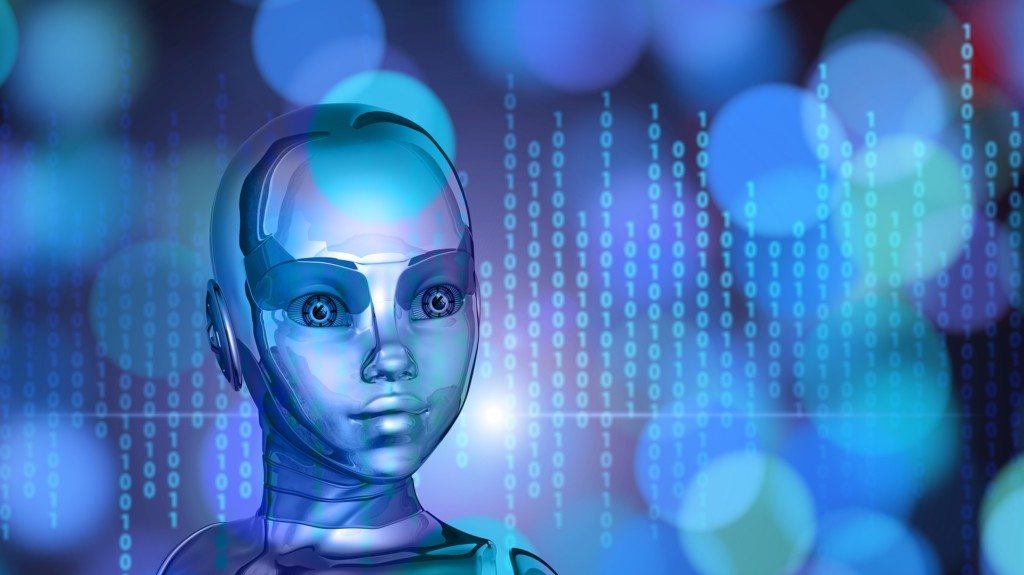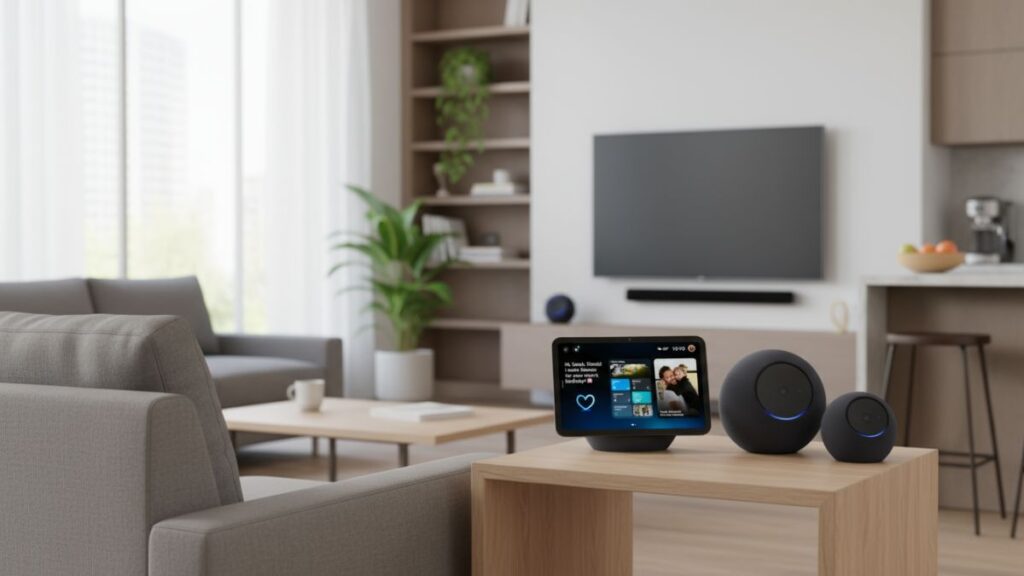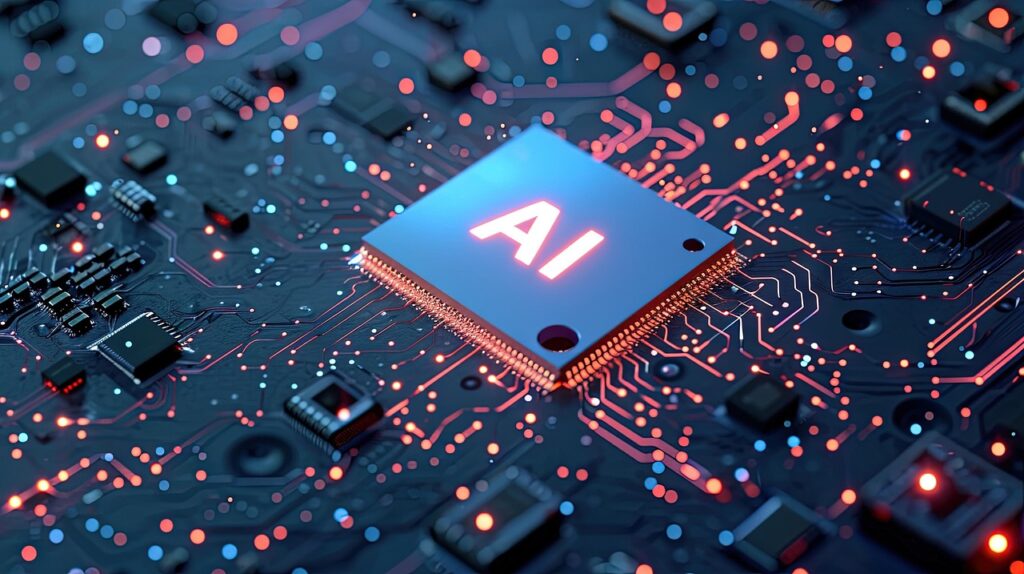HP has brought out two backpack computers, one for consumers wanting a far better gaming virtual reality (VR) experience, and one for engineers, designers, architects, graphics artists, and the military that want to be able to create simulations in real world settings. Physically attaching these things to people however really is part of roadmap towards what is termed the singularity and potentially creates an opportunity for solutions that better blend people and machines.
Rather than looking at these things as focused point products, I think it would be more interesting to look at them as a big step in the evolution of blended PCs and people.
The coming evolution of computerized humans.
Evolving The Backpack PC
While the initial use of these products is mostly focused on VR and the creation and consumption of digital media, they could be used for so much more. If we changed the VR headset out for a heads-up display in a helmet or a head mounted display, the potential to do far more than just VR emerges.
For instance, if we wanted to make it so that someone could see through any kind of weather, smoke, or even effectively through walls we could connect this thing to a bunch of radar, sonar, infrared, and remote sensors to effectively give the user a full situational awareness of everything around them even in heavy smoke, rain, snow, or pitch-black darkness. Coupling the backpack with sensors to a weapon, we could have the system adjust for wind and motion and provide pin point accuracy even at extreme ranges for the person with the right mix of sensors and weaponry. You could even mount automated offensive and defensive weapons on the soldier that the system would activate as needed. But you wouldn’t need one backpack on every individual, you could link the systems on soldiers in a platoon and more effectively direct collective fire at threats or targets of opportunity.
Fire and rescue operations could use a similar set of sensors and connectivity to locate victims in heavy smoke, overlay building plans to find electricity and gas cut offs or avoid areas that may represent too high a risk. You could map the building in real-time, providing external water cannon operators pinpoint accuracy for placement of fire suppressants. Linked wirelessly with other first responders, efforts could be better coordinated, injured responders more quickly identified and protected, and resources better optimized as the now computerized team dealt with the threat. Now, in both cases, you’d need an outdoor hardened version of this Backpack PC but that would likely just mean a more robust hardened shell with little impact on what was inside it.
For physical training, we could use this to monitor a vast number of sensors and with a map overlay to guide a runner through terrain that was optimized to improve their performance seamlessly by being able to measure progress both real-time and over time. These measurements could – once tied back to the cloud for comparison – create the ideal running, or bike riding routes pace, and ideally placed rest stops to assure that every moment training makes as much progress as possible. Granted you’ll be running with a computerized backpack so you’ll likely have to be in pretty good shape.
But these are just a few of the ideas. For instance, a medical professional could have a full sensor suite tied to the device and upon arriving on scene rapidly diagnose problems and be walked through procedures ether by an artificial intelligence (AI) in the system or a remote doctor. An archaeologist could aggregate ground penetrating radar and sonic scanners to the workstation and, by moving around, find likely places to dig for fossils or the Ark Of The Covenant (if their name is Indiana Jones). A surveyor could analyze a site more completely and work with an architect to render a foundation in real-time and then run virtual tests to better optimize placement before any physical work is even done. And a member of the pit crew could scan a race car in real-time and – working with an AI – find problems before they crop up on the race track.
In short, by blending the user and the backpack computer you are effectively creating a rudimentary cyborg with the capability of doing more than the individual or the computer alone could do.
Wrapping Up
Backpack computers take us one step closer to where it will eventually be hard to tell where the person leaves off and the computer begins if they reach their expected potential. While initially focused on VR and increasingly MR (Mixed Reality) they have far more potential when tied to sensors and AR (augmented reality) head mounted display or integrated machine human interface. Their emergence is yet another step on our road to the singularity which is still expected to be 20 to 30 years from now. You’re seeing a hint of our cyborg future.
- Is Windows the New Internet Explorer? How Microsoft Is Slowly Killing Its Most Iconic Product - October 17, 2025
- Checkmate? Lenovo’s ‘AI in a Box’ Is a Brilliant Ambush on Dell - October 15, 2025
- The Ambient Brain: Why Amazon’s Alexa+ Is the AI We’ve Been Waiting For - October 4, 2025



